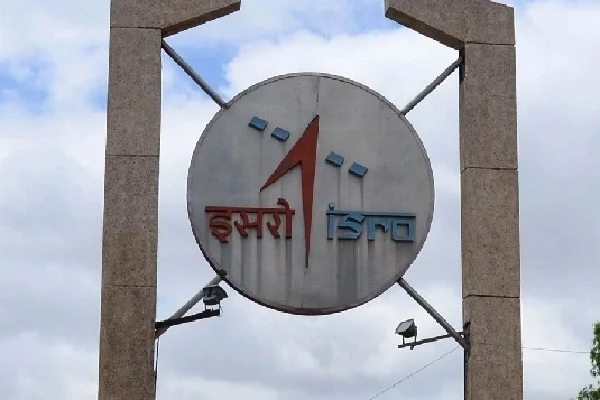The Indian Space Research Organisation (ISRO) made a significant announcement on Tuesday, revealing the names of the first four astronauts selected for India’s ambitious human spaceflight programme, Gaganyaan. These astronauts, all of whom are test pilots with the Indian Air Force (IAF), will play a pivotal role in India’s maiden manned space mission, scheduled for launch by the end of next year.
At an event held at the Vikram Sarabhai Space Centre in Thiruvananthapuram, ISRO’s headquarters, Prime Minister Narendra Modi conferred designatory astronaut-wing badges upon the selected candidates. The astronauts, namely Group Captains Prashanth Balakrishnan Nair, Ajit Krishnan, and Angad Pratap, along with Wing Commander Subhanshu Shukla, were hailed for their dedication and commitment to India’s space exploration endeavors.
These four astronauts emerged from a pool of 12 candidates who underwent rigorous selection processes and training, including sessions conducted in Russia between 2020 and 2021, followed by simulator training in Bengaluru. Their selection underscores India’s growing prowess in the field of space exploration and highlights the nation’s determination to venture into new frontiers of scientific discovery.
Prime Minister Modi, in his address at the event, emphasized the transformative impact of India’s achievements in space exploration on the nation’s youth, fostering a culture of scientific inquiry and innovation. He lauded ISRO’s efforts in advancing space technology and expanding the horizons of human knowledge.
The chosen astronauts bring a wealth of experience and expertise to the Gaganyaan mission. Group Captain Prashanth Balakrishnan Nair, the senior-most among them, is a distinguished aviator with over 3,000 hours of flying experience. Ajit Krishnan, a recipient of the President’s gold medal, and Angad Pratap, both seasoned pilots with thousands of flight hours, embody the spirit of excellence and dedication. Wing Commander Subhanshu Shukla, with his commendable track record, completes the quartet of pioneers poised to make history.
The Gaganyaan mission represents a significant milestone in India’s space exploration journey. Scheduled to fly to a low-earth orbit aboard a human capsule module, these astronauts will demonstrate India’s indigenous space capabilities and pave the way for future manned missions into deeper space. Their mission holds symbolic importance as they become the first Indian citizens to journey into space since Wing Commander Rakesh Sharma’s historic flight in 1984.
ISRO’s human spaceflight programme is poised to elevate India’s standing among the world’s leading space-faring nations. By joining the elite club of countries with active human spaceflight programmes, including the US, Russia, and China, India reaffirms its commitment to pushing the boundaries of scientific exploration and technological innovation.
The selection of pilots for the Gaganyaan mission underscores ISRO’s meticulous planning and stringent standards for astronaut selection. With safety and preparedness as paramount considerations, ISRO is poised to lead India into a new era of space exploration with confidence and determination.
Furthermore, ISRO’s emphasis on indigenous technology development sets it apart from its global counterparts. Unlike countries that rely on private firms for space missions, ISRO’s approach underscores India’s self-reliance and sovereignty in space exploration.
As India continues to make strides in space exploration, collaborations with private space startups and industry stakeholders are poised to play a crucial role in advancing the nation’s space capabilities. By fostering a robust ecosystem of innovation and collaboration, India is poised to realize its ambitious vision of becoming a global leader in space exploration and research.
The selection of astronauts for the Gaganyaan mission marks a historic milestone in India’s space exploration journey. With their expertise, dedication, and pioneering spirit, these astronauts embody India’s quest for excellence and its determination to conquer new frontiers of exploration and discovery in space.














